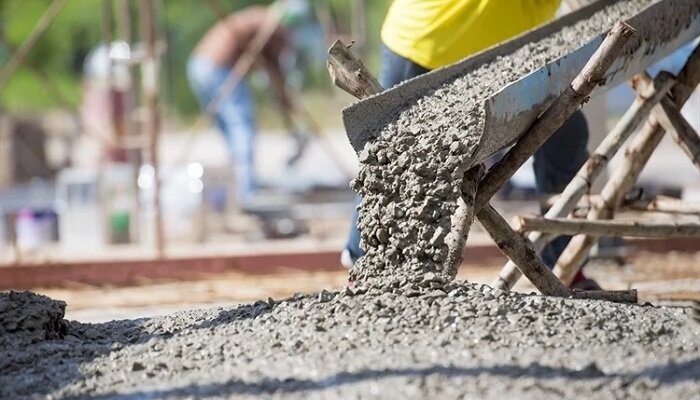A group of experts who happen to be from EPFL, ETH Zurich, as well as an architecture firm based in Geneva, has successfully gone on to create a new form of non-reinforced concrete by way of using stone offcuts. The method they happen to employ lessens the dependence on carbon-intensive cement-based binders by way of incorporating ancient techniques discovered across historical archives.
It is possible to construct some walls without the requirement for reinforced concrete, which is a material that helps to contribute significantly to the carbon footprint of the construction sector. These walls could go on to be constructed using unprocessed quarry waste. So as to explore the feasibility of this idea, a research team went on to be formed, which included experts from EPFL’s Archives of Modern Construction- Acm research group, Archiplein, and the ETH Zurich Chair of Sustainable Construction. They went on to conduct a thorough investigation of historical archives in order to uncover construction methodologies that had been forgotten over time.
Being part of the Circular Building Industry- CBI Booster program, which goes on to support innovative construction-industry initiatives that are based on circular principles, numerous tests were conducted on various processes as well as cement mixtures to discover many options.
In October, the team successfully went on to construct six load-bearing walls in Lucery-Villars, which were located in Vaud Canton. These walls were built by way of using reclaimed stone-quarry waste as well as fieldstone materials. They went on to divide their prototype structures into two groups in order to test two varied construction methods and three types of mortar-based binders. In the first method, the mortar was placed in the formwork before adding the stones. In the second method, the order was reversed: the stones were first laid in place and thereby then coated with mortar.
The team went on to test three binders, each with varied compositions. One binder had a tiny amount of cement, another happened to be a lime-based mixture, and the third binder was made because of infertile soil. The experts named their method Cyclopean in reference to a kind of stonework that was found in early architecture because of the large size of the stones so as to construct the walls.
Upcycled waste materials
At present, the processing of stone-quarry waste before reuse requires significant energy consumption. Producing cement, which happens to be the binder used in concrete, has in it an extremely energy-intensive process that entails heating limestone to a temperature of 1,450°C in rotary kilns that function in a continuous way. There is another challenge to consider as well: concrete is composed of inert materials, and the range of available options happens to be limited.
As per Salvatore Aprea, who happens to be the head of the Acm research group, builders have been attempting to lessen expenses for many centuries by way of minimizing the amount of cement used and including recycled waste materials in their concrete. The current hurdle lies in revitalizing these traditional methods, which are not driven by financial motives but for the betterment of the planet.
A partner at Archiplein, Marlène Leroux, finds the present state of affairs to be quite perplexing. It appears that one has lost the knowledge of constructing basic load-bearing walls by way of using leftover stone pieces, while at the same time minimizing carbon footprint and also without relying on additives, chemicals, or even steel reinforcement bars.
From Roman times to the 19th century
So as to find inspiration for the project, the ACM group made sure to search the technical archives in an in-depth way, which date back to Roman times and also to the 18th and 19th centuries. These archives mainly had in them documents from France as well as Germany, with the objective of discovering old concrete and cement formulas. They especially searched for methods that would let them utilize raw stone offcuts as well as mortars with minimal or no cement content.
As per Aprea, they have discovered overall experimental results that have engineers testing the strength of mortars by way of varying lime concentrations. In the majority of cases, these mortars were built by way of using materials that were obtained from local or even nearby sources.
The experts also did a study on early methods when it comes to applying concrete. Professor Guillaume Habert, who happens to hold the ETH Zurich Chair, partnered with Leroux as well as two colleagues from Archiplein, engineer Olivier Dahenne and architect Francis Jacquier. All of them worked on developing computer models that can identify new mortar formulas that draw inspiration from historical practices while at the same time meeting modern specifications.
After this initial research is accomplished, the next step for the team will go on to involve the creation of standardized, mechanized, as well as low-carbon wall construction methods. The team plans to go ahead with the construction of prototypes, conduct strength tests, and also create comparative tables by way of following the footsteps of past engineers and also scholars such as Louis-Joseph Vicat, Jean Henri Hassenfratz, along with John Smeaton, who thoroughly studied the work of such historical figures for this project.




































